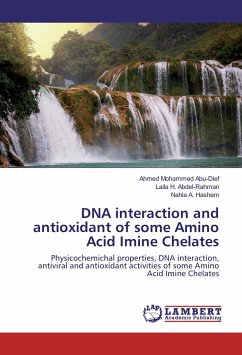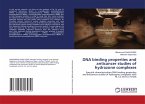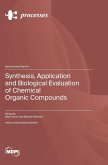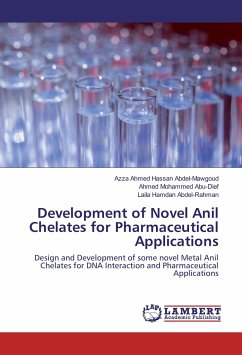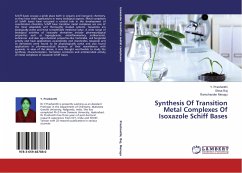The structure of the ligand (HL) and its complexes were confirmed by elemental analyses, IR, 1H NMR, molar conductance, and thermal analysis data. Therefore, from the IR spectrum, it is concluded that HL binds to the metal as a monobasic bidentate ligand by coordinating via the nitrogen atom of the azo group (-N=N-) and the oxygen atom of the deprotonated phenolic OH group. The calf thymus DNA binding activity of the ligand (HL) and its metal complexes was studied by absorption spectra. Molecular docking and binding energy calculations of azo dye with the receptor of breast cancer 3hb5-oxidoreductase and prostate cancer mutant 2q7k-Hormone indicated that the presence of the azo coumarin is an efficient inhibitor of breast cancer 3hb5-oxidoreductase and prostate cancer mutant 2q7k-Hormone. Also, the measurement of the binding energy between the azo dye ligand with a receptor of COVID-19 virus 5epw and SARS virus mutant 5wrg approved that the azo coumarin is an efficient inhibitor for both COVID-19 and SARS viruses. The ligand (HL) and its metal complexes displayed good activity on MCF-7 (breast cancer) cells.
Bitte wählen Sie Ihr Anliegen aus.
Rechnungen
Retourenschein anfordern
Bestellstatus
Storno


